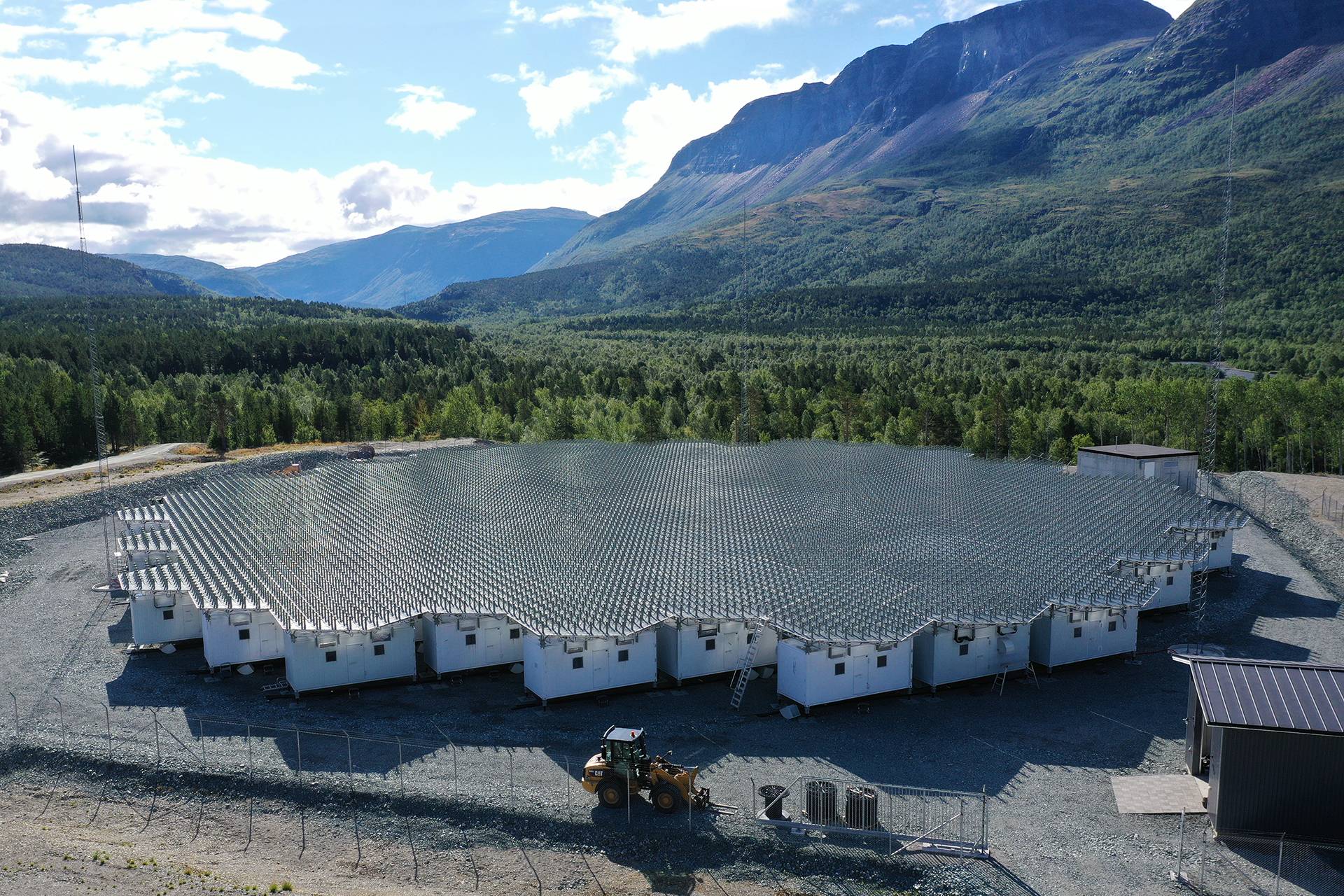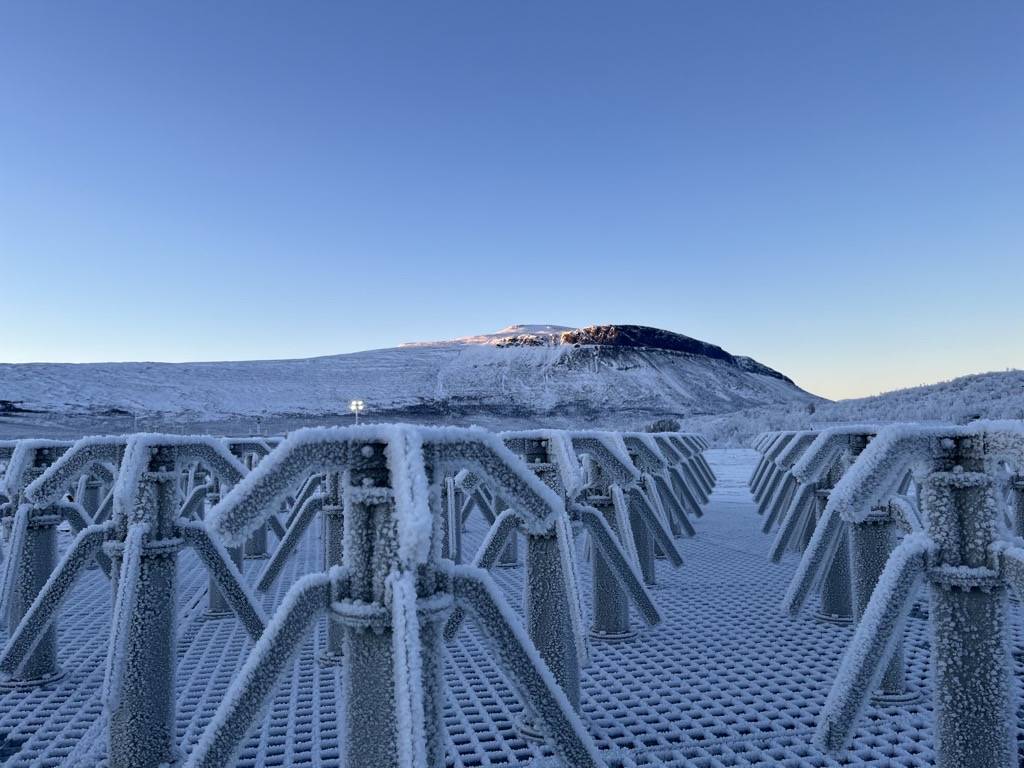WP13: Enabling actions
February 15, 2010
This work package was set up to explore the issues related to the identification of actual radar sites, the securing of operating permissions to use the selected radar frequency and other similar work concerning the logistical details of developing the EISCAT_3D radar system.
Some of the results from this Work Package were:
- A survey was performed of five potential construction sites for the EISCAT_3D radar system, on the basis of the EISCAT_3D Design Specification Document produced in Work Package 2. These sites were located in areas near Abisko (Sweden), Masi (Norway), Inari (Finland), Porjus (Sweden) and Tromsø (Norway).
- The geographical and technical requirements on the potential EISCAT_3D sites were determined.
- To keep the construction costs down, it is important to have a good infrastructure in place in the area of a construction site.
- Very high speed data communication links are essential to the operation of the new radar. Initially, a minimum of 5 Gbit/s bandwidth will be required, this will rise to 10 Gbit/s as the system is expanded into the full configuration.
- Access to a power line close to the site is an obvious advantage, but we must accept that a branch line may have to be constructed.
- The RF (Radio Frequency) environments at the potential construction sites should be free from interference since the radar receivers are extremely sensitive to interference from external sources; the experience from EISCAT UHF (at 930 MHz) operation shows that a snowmobile can interfere with the radar measurements if it is within a distance of 1 km. Thus, a good construction site should be located away from any populated area in order to minimise RF interference in the measurements.
- Since the final configuration of the arrays should have a diameter of about 120 m, the site must be chosen so that the arrays will fit.
- By following the guidelines from the International Commission on Non-Ionizing Radiation Protection (ICNIRP) and the national radiation safety authorities in Norway, Sweden and Finland, the electromagnetic environment around the transmitter site would be ensured to be safe for employees and the general public.
- Arrangements must be made to secure land, and to get the necessary permits to build and operate the EISCAT_3D facilities without restriction for a period of at least 25 years.
- It should be possible for EISCAT_3D to secure a frequency band on which to operate that is available in Norway, Finland and Sweden somewhere between 220 and 240 MHz.
The participants of this Work Package were EISCAT Scientific Association and Swedish Institute of Space Physics.




